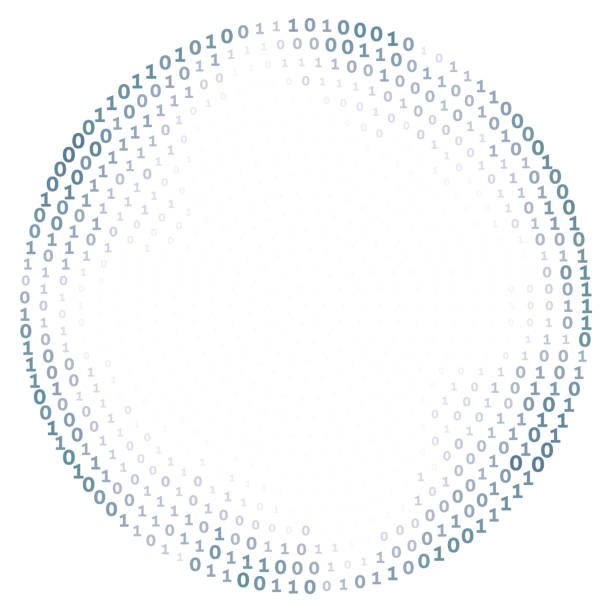Who introduced the binary number system into the world of computing, and why was it crucial?
Why did the world of computing adopt the binary number system? What makes it so essential for the efficient operation of computers? These are fascinating questions that invite us to explore the foundational concepts of computer science and mathematics. The binary number system, represented by just two digits, 0 and 1, is a fundamental aspect of modern computing. It is largely attributed to the brilliant mind of George Boole, an English mathematician, and was popularised in the context of computing by Claude Shannon, an American mathematician and electrical engineer.
Who Introduced the Binary Number System Into the World of Computing, and Why was it Crucial?
The binary number system was introduced into the world of computing primarily by Claude Shannon, an American mathematician and electrical engineer. While the theoretical foundation of the binary system can be traced back to English mathematician George Boole’s work on Boolean algebra, it was Shannon who realised its practical application in computing. His master’s thesis demonstrated how Boolean algebra could control electrical switching circuits, laying the groundwork for digital circuit design theory. The binary number system proved crucial for several reasons: its simplicity allows for easy machine-level operations, it is efficient and reduces the chance of error, it is cost-effective to implement, and it has the versatility to represent all forms of data.
A Bit of History
The concept of binary numbers dates back to ancient times, but it gained renewed focus during the 19th century, largely due to George Boole. His Boolean algebra provided a way to perform logical operations using the numbers 0 and 1. Boole’s work was seminal, but it wasn’t immediately tied to computing. That connection would be made later by Claude Shannon, in the 20th century.
The Shannon Connection
Claude Shannon was the man who recognised that Boolean algebra could be used in electrical circuits and, by extension, computers. His master’s thesis on the subject is considered one of the most significant and groundbreaking works in the field. Shannon showed that the logical operations of Boolean algebra could control the electrical switching circuits, which were a vital component of early computers.
Why is Binary Important?
- Simplicity: The binary system’s simplicity makes it ideal for machine-level operations. It’s far easier for a computer to recognise an “on” or “off” state, represented by 1 or 0, than to deal with more complex number systems like decimal or hexadecimal.
- Efficiency: Using only two states allows for quick and accurate data processing. The chance of error is reduced, and fewer resources are required to interpret the data.
- Economic Feasibility: Binary systems can be implemented more cost-effectively. When Claude Shannon made his connection between Boolean algebra and computing, technology was still in its infancy. Simplicity translated directly to economic efficiency.
- Versatility: From text and numbers to pictures and sound, all forms of data can be represented in binary form. This universality makes it indispensable in the computing world.
In Summary
The adoption of the binary number system in computing was a groundbreaking move that revolutionised the field. The simple yet effective system enabled computers to become faster, more efficient, and more versatile. While George Boole laid the theoretical groundwork, Claude Shannon applied it to the real-world problems of computing, making both men pivotal figures in the story of how binary came to be the language of computers.



